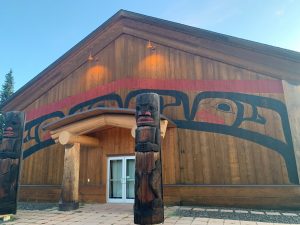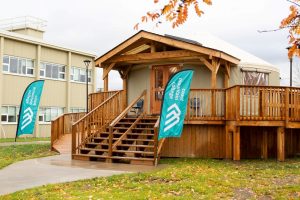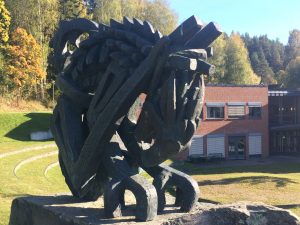Higher educational leadership is a topic in which I’m interested. The reason for this interest is twofold. Firstly, my professional role includes supporting and developing leadership in post-secondary contexts. In particular, my role connects directly to fostering academic leadership as it relates to providing for optimal teaching and student learning. Secondly, I’m interested in critically analyzing future-focused meso-level academic leadership. What prompts deep considering is not just how we can ascertain and develop effective leadership in post-secondary, but what constitutes it in the first place? Similarly, what kind of effective academic leadership will be sophisticated enough for the future as higher education, as most industry, is in a period of dynamic change.
Will part of learning to better support academic leadership development processes come from examining, clarifying, and synthesizing this complex and intangible concept? Will leadership indeed need to contend with increasingly complex issues and the disruptions that are likely forthcoming in ways that are distinct from past modes of operation? What is productive about the meso-level in terms of scaling up and contributing to cultural change?
To begin, I wonder to what extent leadership only comes into being when enacted. Can a case be accepted that it must be enacted in order to exist? Does enactment of leadership bring to bear behaviours and attitudes that contend with multiple challenges and perspectives, with means of fomenting collaboration, with grounding in axiology, with intrapersonal reflection, and intrapersonal engagement in critical conversations? What role do values, identity and influence play in enacted meso-level academic leadership?
Because of these musings, I was delighted to recently dive into a Linda Evans’s (2018) “Professors as Academic Leaders” (published by Bloomsbury). I am interested in the means by which Evans (2018) describes and extrapolates on historical milieu, definitions, and current tensions that resonate with my observations and experiences of academic leadership. But, there are also stances she takes that delight because they initially seem problematic for me. Some of these tensions may be attributable to the fact that Evans is speaking to the academy in the United Kingdom and the Canadian context is different. In more specific terms, I am troubled by the idea of followership.
In my exploration, I’m curious about the third-space of leadership. Not simply transactional or hierarchical or distributed leadership. What I sense is that leadership may be evolving in North America where there is less delineation between leaders and followers, and instead a messy, non-hierarchical network or hub of independent actors who hybridize across spaces. Each one may fluidly move between multiple groups or networks and exert or enact multiple kinds of leadership within those groups at different moments in time or space (or the anachronous actions that collaborative work increasingly occupies). A single person may be an arranger of logistics, a social connector, and organizer of events or resources, a negotiator of intellectual capital, or and influencer within one or more groups across episodes and work types.
Continually we are faced in leadership development and studies of the problematizing of leadership, especially in the academy, as leadership defies formal hierarchical enactment and yet remains elusive to quantitative measures and valuations. A singular and accepted definition of leadership shared is elusive.
If we don’t think of leadership as hierarchical, if we don’t conceptualize it as fixed nor within an individual who has followers, what can take its place in our lexicon and in our daily lives in the academy. How do we explain leadership, how do we qualify it? And, why should we try to discern it, if it should become counter-intuitive and so divergent from previous understandings and divergent from how it’s enacted in other organizations?
Perhaps, this leaves us without a” leadership lexicon” that is shared or easily explained and understood (Evans, 2018, pp. 47). If we remove some of the status-endowed understanding and we defy the followership rhetoric as reductionist and transactional, what remains?
Evans, L. (2018). Professors as Academic Leaders: Expectations, enacted professionalism and evolving roles. Bloomsbury Academic: London UK.






